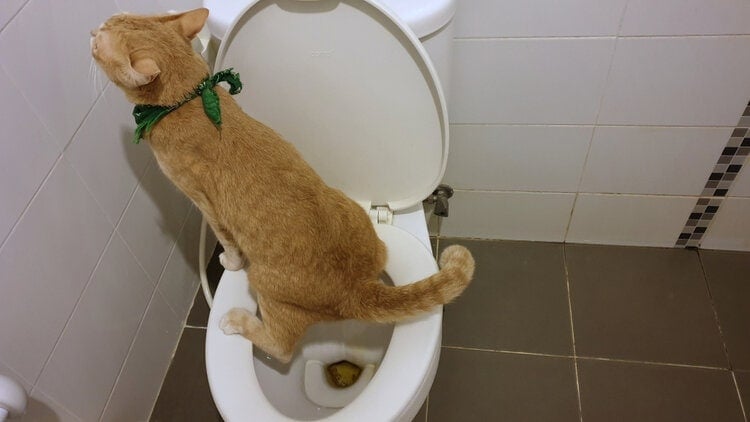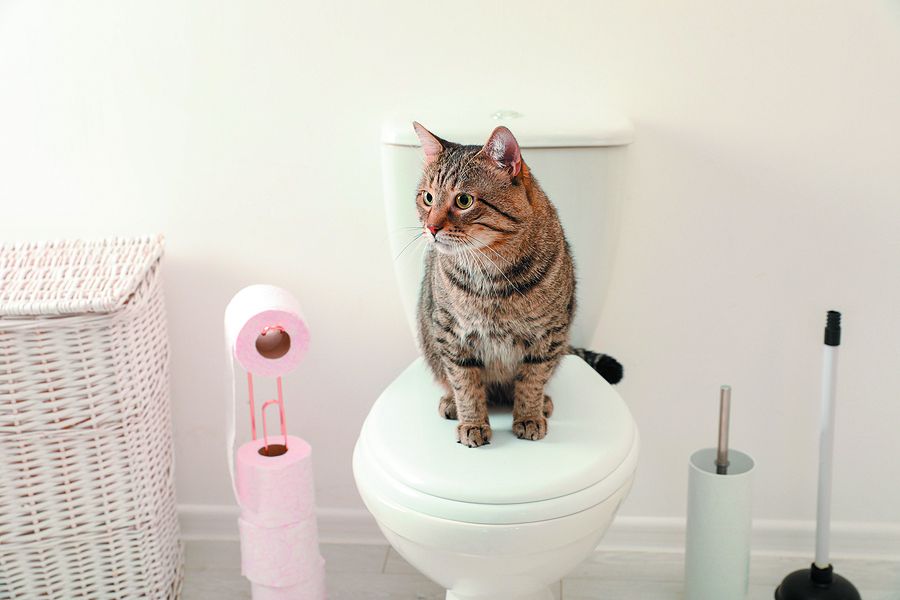Why Flushing Cat Poop Down Your Toilet Isn't a Good Idea - Advice for Proper Handling
Why Flushing Cat Poop Down Your Toilet Isn't a Good Idea - Advice for Proper Handling
Blog Article
They are making several great points on the subject of How to Dispose of Cat Poop and Litter Without Plastic Bags in general in the article following next.

Intro
As cat owners, it's essential to bear in mind exactly how we take care of our feline pals' waste. While it may appear convenient to flush feline poop down the toilet, this technique can have harmful consequences for both the atmosphere and human health.
Ecological Impact
Flushing pet cat poop introduces damaging virus and parasites right into the water, posing a substantial threat to marine ecological communities. These pollutants can negatively affect aquatic life and compromise water quality.
Wellness Risks
In addition to environmental concerns, flushing pet cat waste can also pose wellness threats to humans. Feline feces may consist of Toxoplasma gondii, a parasite that can cause toxoplasmosis-- a possibly extreme ailment, particularly for pregnant ladies and people with damaged immune systems.
Alternatives to Flushing
Thankfully, there are much safer and more accountable methods to deal with cat poop. Take into consideration the adhering to choices:
1. Scoop and Dispose in Trash
One of the most usual approach of dealing with pet cat poop is to scoop it right into an eco-friendly bag and toss it in the trash. Make sure to use a committed trash inside story and dispose of the waste promptly.
2. Use Biodegradable Litter
Opt for biodegradable cat clutter made from materials such as corn or wheat. These trashes are environmentally friendly and can be securely taken care of in the garbage.
3. Hide in the Yard
If you have a backyard, think about burying cat waste in a designated location far from veggie gardens and water sources. Be sure to dig deep adequate to prevent contamination of groundwater.
4. Set Up a Pet Waste Disposal System
Buy an animal waste disposal system specifically developed for cat waste. These systems utilize enzymes to break down the waste, decreasing odor and ecological influence.
Verdict
Responsible pet possession expands past offering food and shelter-- it additionally entails proper waste administration. By avoiding purging cat poop down the toilet and opting for alternate disposal techniques, we can decrease our environmental footprint and safeguard human health and wellness.
Why Can’t I Flush Cat Poop?
It Spreads a Parasite
Cats are frequently infected with a parasite called toxoplasma gondii. The parasite causes an infection called toxoplasmosis. It is usually harmless to cats. The parasite only uses cat poop as a host for its eggs. Otherwise, the cat’s immune system usually keeps the infection at low enough levels to maintain its own health. But it does not stop the develop of eggs. These eggs are tiny and surprisingly tough. They may survive for a year before they begin to grow. But that’s the problem.
Our wastewater system is not designed to deal with toxoplasmosis eggs. Instead, most eggs will flush from your toilet into sewers and wastewater management plants. After the sewage is treated for many other harmful things in it, it is typically released into local rivers, lakes, or oceans. Here, the toxoplasmosis eggs can find new hosts, including starfish, crabs, otters, and many other wildlife. For many, this is a significant risk to their health. Toxoplasmosis can also end up infecting water sources that are important for agriculture, which means our deer, pigs, and sheep can get infected too.
Is There Risk to Humans?
There can be a risk to human life from flushing cat poop down the toilet. If you do so, the parasites from your cat’s poop can end up in shellfish, game animals, or livestock. If this meat is then served raw or undercooked, the people who eat it can get sick.
In fact, according to the CDC, 40 million people in the United States are infected with toxoplasma gondii. They get it from exposure to infected seafood, or from some kind of cat poop contamination, like drinking from a stream that is contaminated or touching anything that has come into contact with cat poop. That includes just cleaning a cat litter box.
Most people who get infected with these parasites will not develop any symptoms. However, for pregnant women or for those with compromised immune systems, the parasite can cause severe health problems.
How to Handle Cat Poop
The best way to handle cat poop is actually to clean the box more often. The eggs that the parasite sheds will not become active until one to five days after the cat poops. That means that if you clean daily, you’re much less likely to come into direct contact with infectious eggs.
That said, always dispose of cat poop in the garbage and not down the toilet. Wash your hands before and after you clean the litter box, and bring the bag of poop right outside to your garbage bins.
https://trenchlesssolutionsusa.com/why-cant-i-flush-cat-poop/

Do you appreciate reading up on Don’t flush cat feces down the toilet? Try leaving feedback below. We would be pleased to listen to your views about this content. Hoping that you visit us again in the near future. Enjoyed reading our piece of writing? Please share it. Let somebody else check it out. We enjoy reading our article about Can You Flush Cat Poop Down The Toilet?.
Get Your Estimate Now Report this page